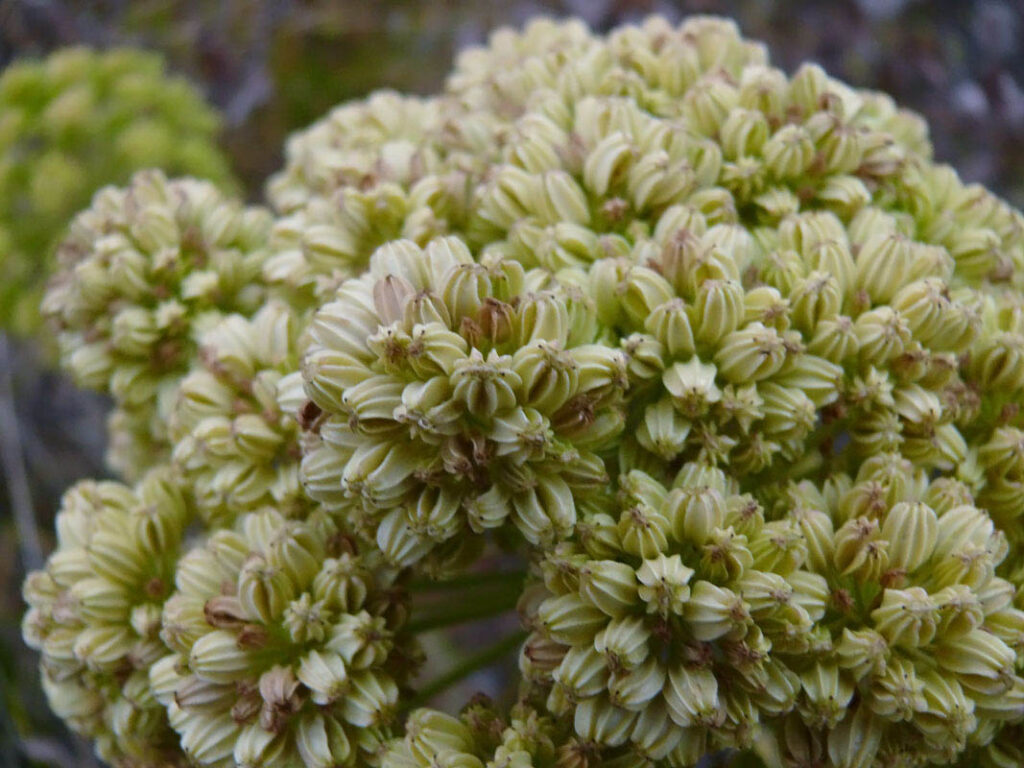Herbs
Know more about the herbs used in the magic complex of Aladdin 37

Hyssopus
Hyssopus (Hyssop) is a genus of herbaceous or semi-woody plants in the family Lamiaceae, They arearomatic, with erect branched stems up to 60 cm long covered with fine hairs at the tips. Theleaves are narrow oblong, 2–5 cm long. The small blue flowers are borne on the upper part of the branches during summer. By far the best-known species is the Herb Hyssop (H. officinalis), widely cultivated outside its native area in the Mediterranean.
The use of hyssop as an herbal remedy dates back to Biblical times. Hyssop has been prescribed for a multitude of medical conditions, although there are few high-quality human trials researching these uses. It has been used traditionally as an antispasmodic, expectorant, emmenagogue (stimulates menstruation), stimulant, carminative (digestive aid), peripheral vasodilator, anti-inflammatory, anticatarrhal, antispasmodic, tonic and sweat-inducer, also been used to treat inflammation and tinnitus.
Peppermint
Peppermint (Mentha × piperita, also known as M. balsamea Willd. is a hybrid mint, a cross between watermint and spearmint. The plant, indigenous to Europe and the Middle East, is now widespread in cultivation in many regions of the world.It is found wild occasionally with its parent species (Wikipedia)
According to a document issued by the South African Department of Agriculture, the Roman author Pliny in his Natural History tells us that the Greeks and Romans crowned themselves with peppermint at their feasts and adorned their tables with its sprays, and that their cooks flavoured both their sauces and their wines with its essence. Menthol activates cold-sensitive TRPM8 receptors in the skin and mucosal tissues, and is the primary source of the cooling sensation that follows the topical application of peppermint oil.



